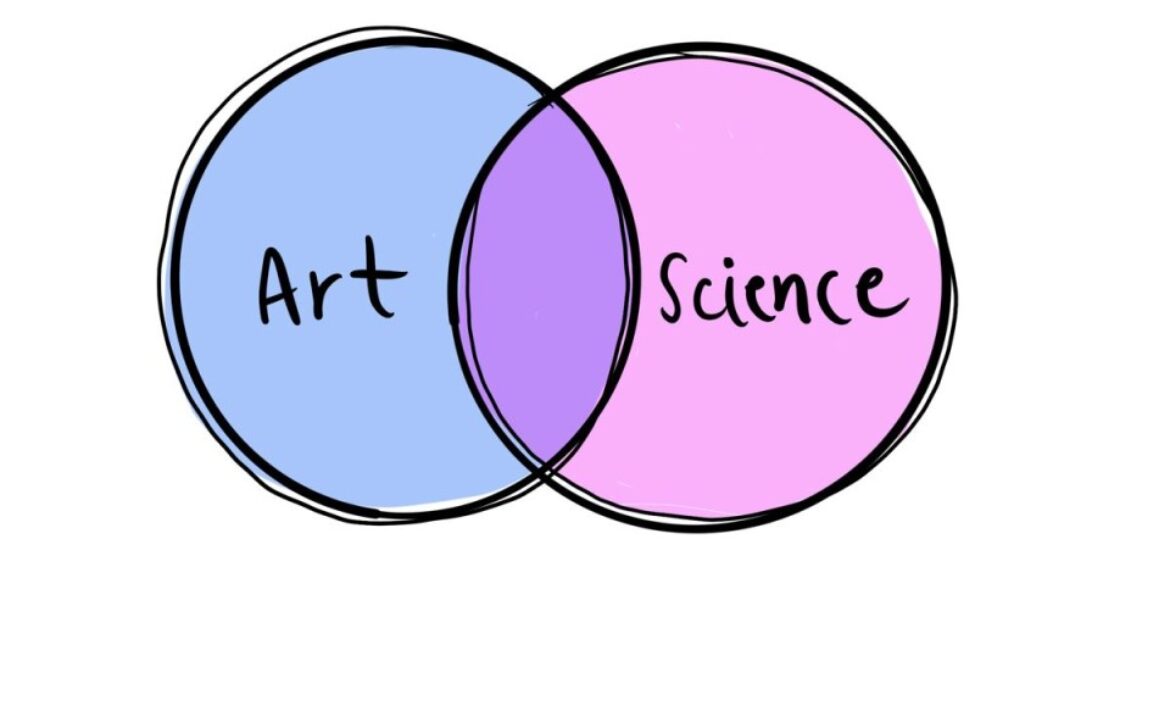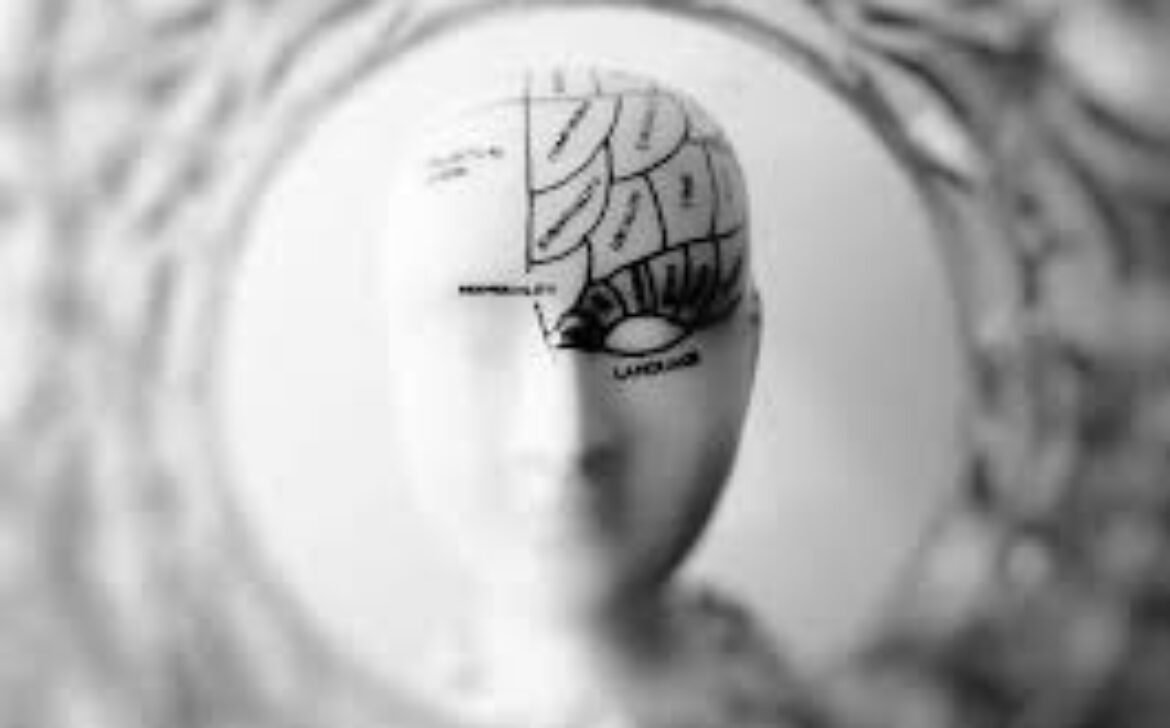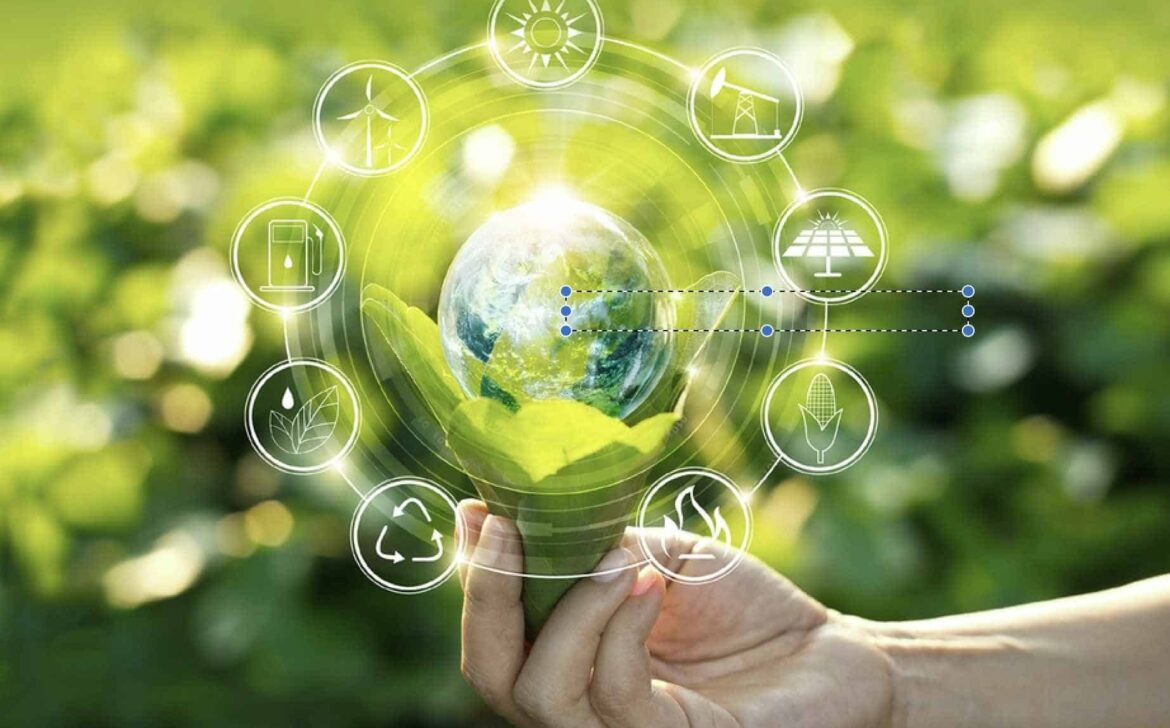In a world grappling with environmental challenges, technology emerges as a beacon of hope. Sustainable tech innovations are ushering in a new era, where green solutions take center stage. From renewable energy to eco-friendly materials, these advancements promise a brighter, greener future.
1. Renewable Energy Revolution:
Harnessing the power of nature, renewable energy sources are transforming the way we generate power. Solar panels, wind turbines, and hydropower systems are making strides, reducing our reliance on fossil fuels and curbing greenhouse gas emissions.
2. Solar Sophistication:
Solar energy isn’t just about rooftop panels anymore. Cutting-edge technologies are maximizing energy capture and storage. Thin-film solar cells, solar paint, and solar windows are turning structures into power generators.
3. Wind Wonders:
Advancements in wind energy are making turbines more efficient and less intrusive. Vertical axis turbines, offshore farms, and even airborne wind energy systems are expanding the horizons of clean power generation.
4. Hydrogen Horizons:
The potential of hydrogen fuel is immense. Green hydrogen, produced through renewable methods, is becoming a viable clean fuel option for industries and transportation, emitting only water vapor when used.
5. Energy Storage Evolution:
To ensure a steady supply of clean energy, energy storage technologies are critical. Batteries with higher capacities, faster charging, and longer lifespans are facilitating the transition to renewable sources.
6. Circular Economy Materials:
Traditional materials take a toll on the planet. Eco-friendly materials derived from recycled goods, agricultural waste, or biodegradable sources are closing the loop in the production cycle, reducing waste and pollution.
7. Smart Grids and Energy Efficiency:
Smart grids intelligently manage energy distribution, optimizing consumption and reducing wastage. Coupled with smart buildings that adjust energy use based on occupancy, these innovations promote sustainability.
8. Carbon Capture and Utilization:
Carbon capture technologies are exploring ways to capture CO2 emissions and either store them safely or repurpose them for other products, mitigating the impact of industry on the environment.
9. AI for Eco-consciousness:
Artificial Intelligence plays a pivotal role in monitoring environmental conditions and predicting ecological trends. AI-driven solutions optimize agricultural practices, forest management, and waste reduction.
10. Sustainable Transportation:
The transportation sector is embracing change with electric vehicles, hydrogen-powered transportation, and efficient public transit systems, reducing air pollution and dependency on fossil fuels.
11. Water and Waste Innovations:
Water scarcity and waste management are urgent concerns. Innovations like water purification technologies, smart irrigation, and waste-to-energy systems are tackling these issues head-on.
12. Biotechnology Breakthroughs:
Biotech is revolutionizing sustainable agriculture and medicine. Genetic engineering produces hardier crops, while bioplastics offer a greener alternative to conventional plastics.
13. Green Architecture and Urban Planning:
Green buildings designed for energy efficiency and sustainable living are reshaping urban landscapes. Vertical gardens, passive cooling, and sustainable materials harmonize architecture with nature.
14. Collaborative Sustainability:
The journey towards a sustainable future demands collaboration. Governments, industries, researchers, and consumers must join forces to drive the adoption of these transformative technologies.
15. A Greener Tomorrow:
The future hinges on our ability to innovate sustainably. As these green solutions gain momentum, we move closer to a world where technology not only enriches our lives but also preserves the planet for generations to come.
In this age of rapid technological advancement, embracing sustainable tech isn’t just an option – it’s a necessity. By prioritizing innovation that aligns with the health of our planet, we pave the way for a better, more sustainable future.












